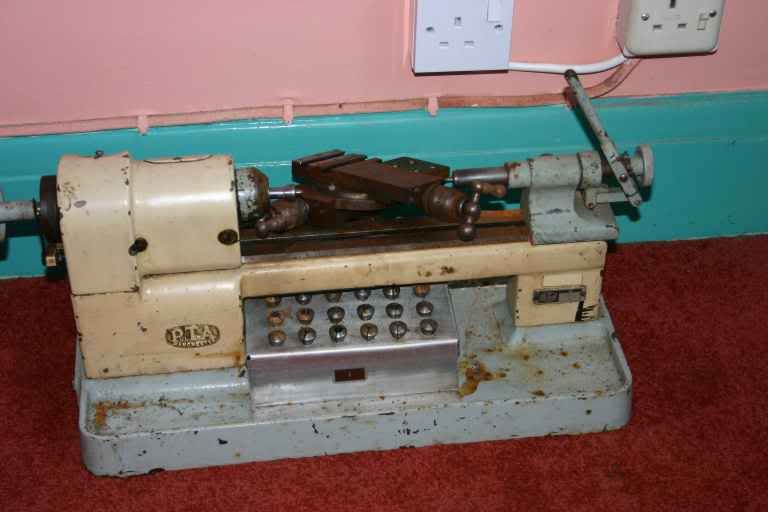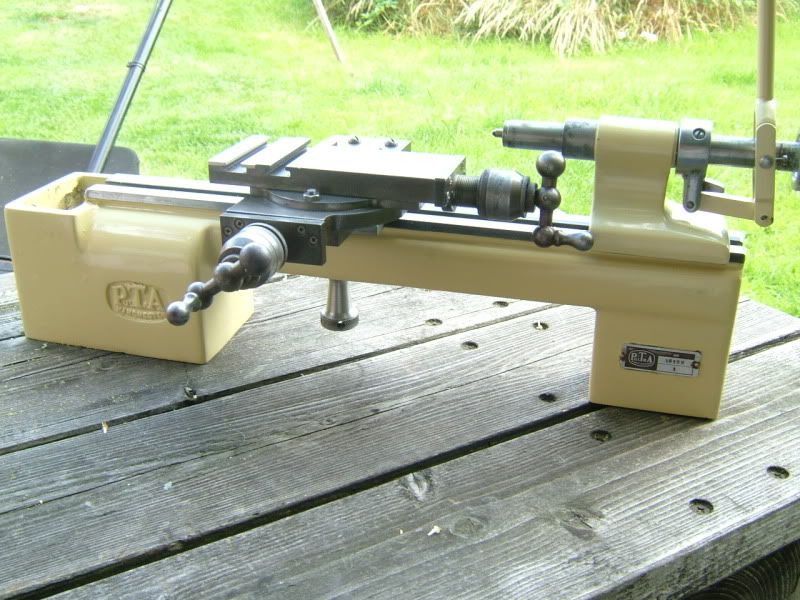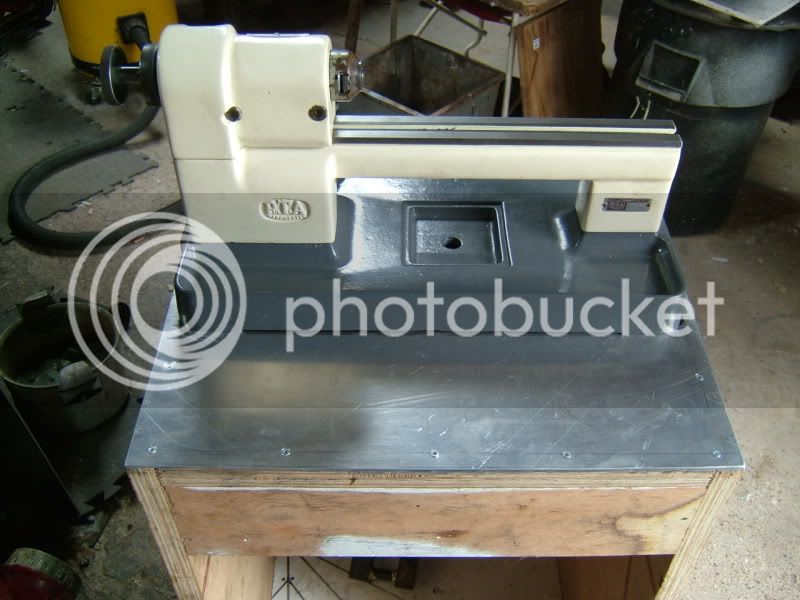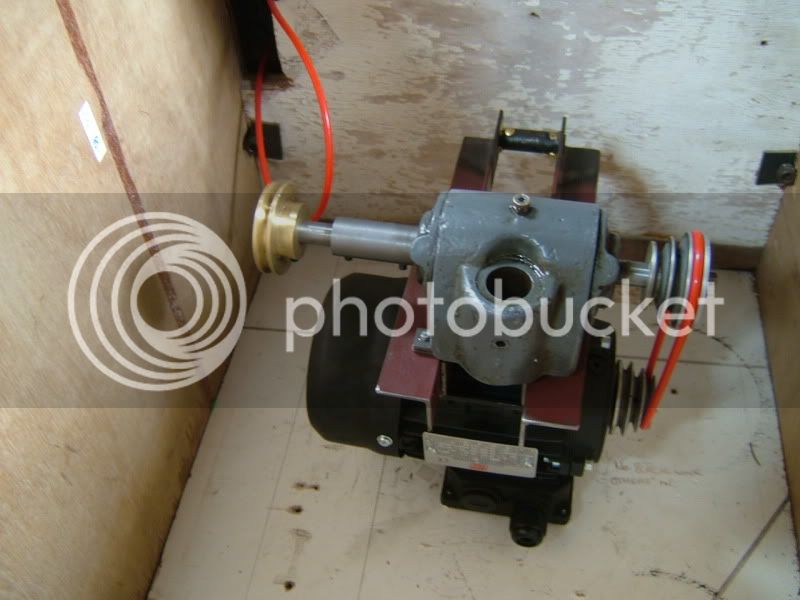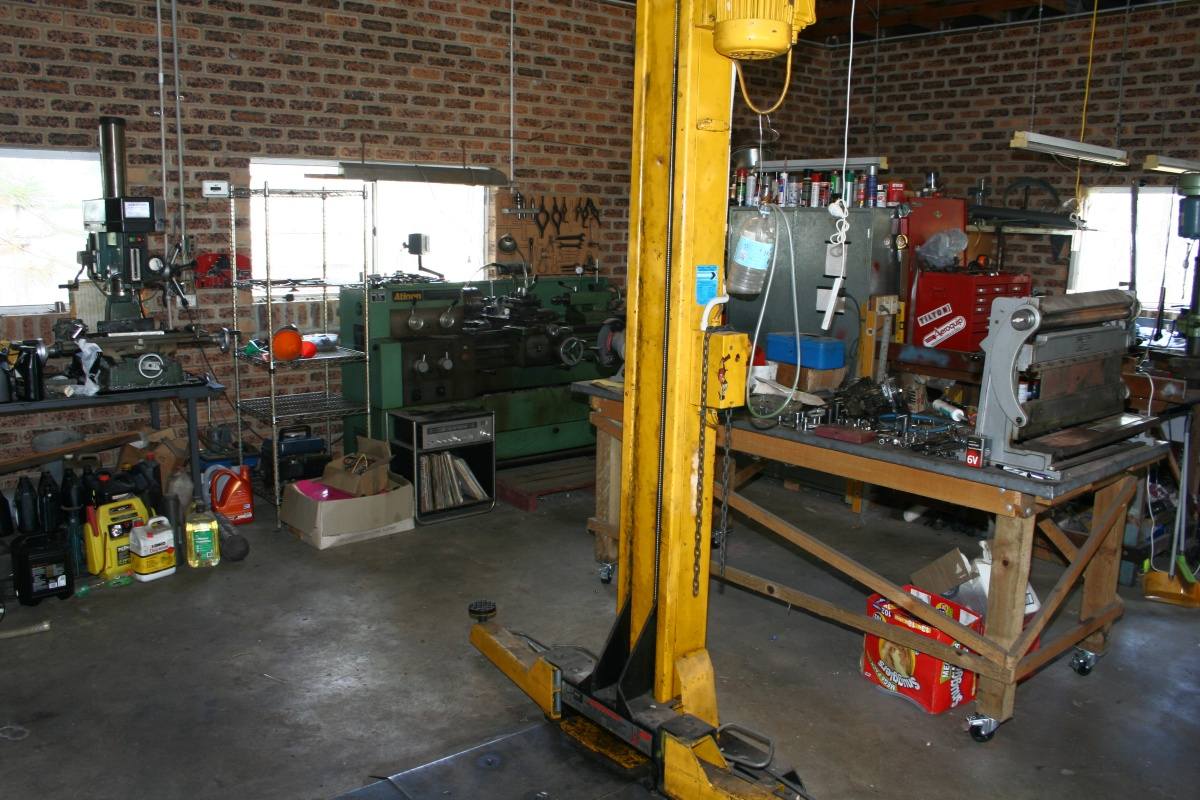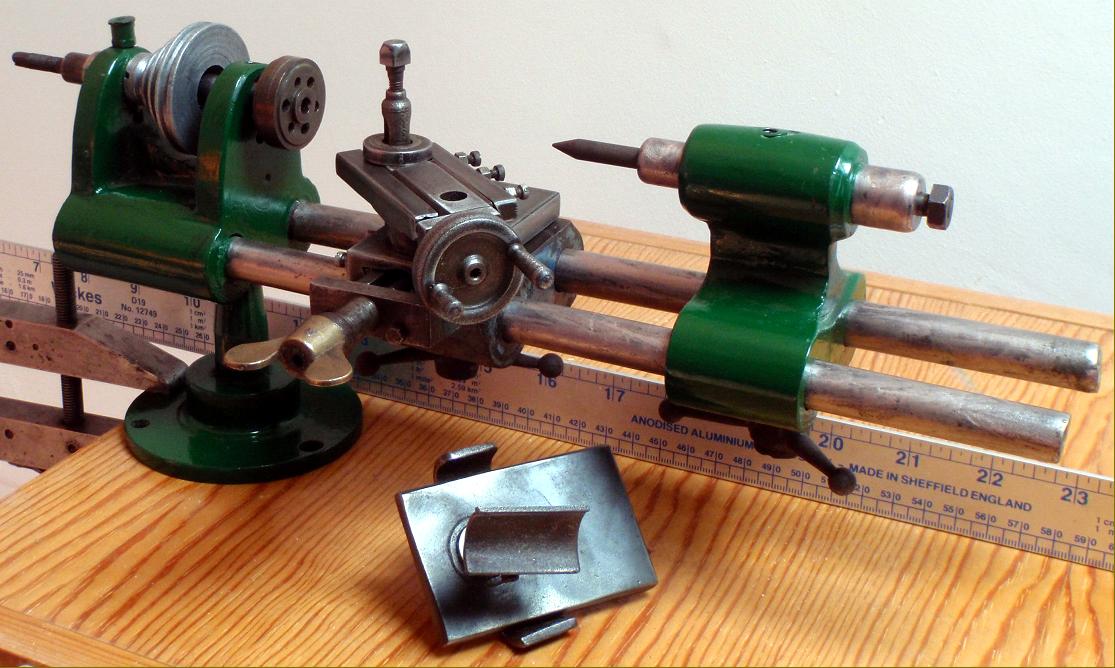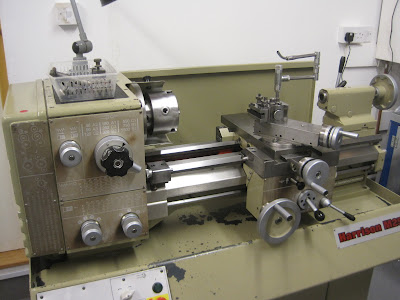SHARPSHOOTER90
New Member
- Joined
- Aug 26, 2012
- Messages
- 2
- Reaction score
- 0
Not sure what your reference to political overtones is all about, but I agree the Monarch was in production before the war, but only affordable to professional machine shops- the price was way out of reach for any home shop. After the war, their production dropped back to prior levels and even less, as they had a lot of unused wartime parts sitting on shelves.
The title of this forum is the HOME MODEL ENGINE MACHINIST, so you shouldn't compare professional production machines to low cost machines designed for the home machinist.
The title of this forum is the HOME MODEL ENGINE MACHINIST, so you shouldn't compare professional production machines to low cost machines designed for the home machinist.






